Rabindranath Tagore’s principles were deeply rooted in the ancient and timeless philosophy of India. With his vast knowledge and creative genius, he shared his valuable insights from the Upanishads with the world, earning widespread recognition for his contribution. In the world of forms, he sought to find divinity in the formless.
Notably, Tagore’s imaginative streak was not only limited to his act of writing. His brushstrokes were as powerful as his prose and poetries. Tagore described his paintings as Shesh boisher priya (an affair in the evening of life). As a gifted painter, “the Bard of Bengal '' achieved the distinction of being the first Indian artist whose thousands of illustrations were exhibited across Russia, Europe, and the United States.
Tagore’s artistic journey began at the age of 63, during the final 15 years of his life, despite having no formal training in the field. Nevertheless, his keen sensitivity toward poetry, literature, and social reforms informed his artistic imagination and greatly influenced his depiction of life on canvas. He explored a diverse range of subjects, from landscapes to portraits to birds and animals. Quite like his open-ended stories, Tagore’s illustrations offer ample room for interpretations. They are characterized by subtle lines, patterns, and colors that lend a unique individuality to his paintings.


“…By what dim shore of the ink-black river, by what far edge of the frowning forest, through what mazy depth of gloom art thou threading thy course to come to me, my friend?” – Poem No.-23, Selection from ‘Gitanjali’, Trans. William Radice
Certainly, Tagore was a lover of nature. His pantheistic approach is visible in the verses of Gitanjali. The childhood memories of his family’s farm and the peaceful surroundings of Shantiniketan deeply influenced his appreciation for the natural world which is undoubtedly reflected in his writings and paintings alike.
Tagore’s landscape paintings are not characterized by sharp, detailed, depictions of nature; instead, they possess a dreamy, silhouette-like quality. His landscape often features an interplay of light and shadow; “the golden canopy of the evening sky” along with “the frowning forest”, perhaps showcases his sensitivity to nature’s changing moods. The landscapes typically include a cluster of dark trees against a vast expanse of land and water, evoking a sense of both serenity and foreboding mystery, perhaps even a desire for divine intervention.


Tagore once expressed that painting, more than any other art form, has a timeless quality, saying “…So often I think that only painting has a deathless quality”.
Tagore’s minimalistic style of drawing human faces and forms appears to effectively capture the state of mind of his subjects. His portraits often convey a range of emotions, including sorrow, fear, and mystery. Regardless of the subject’s gender, Tagore did not idealize their physical appearance. Their eyes spoke of profound sadness and they exuded a sense of subliminal inertia. It is possible that this was an outcome of Tagore’s own experiences of loss and agony, following the deaths of his family members.


If we look at his pastiche paintings, we will notice that they feature prominent geometric patterns that often resemble birds and even animals, yet not in a conventional way. These works have a surreal quality to them that is reminiscent of the style of modern painters like Picasso. The patterns are strange and dynamic and Tagore referred to them as “probable animals,” stating that they could only come to existence in “our dreams”. Through his attempt to access his subconscious mind, he created an oeuvre that is both grotesque and thought-provoking, challenging our understanding of reality and the natural world.
There is no doubt that Tagore’s oeuvre is as large as his interests. As a polymath, he tried to encapsulate his ideas and knowledge through a range of mediums, often with the juxtaposition of dream and reality, hope and hopelessness, forms, and formlessness. Thus, contributing to the nuanced representation of the human experience.


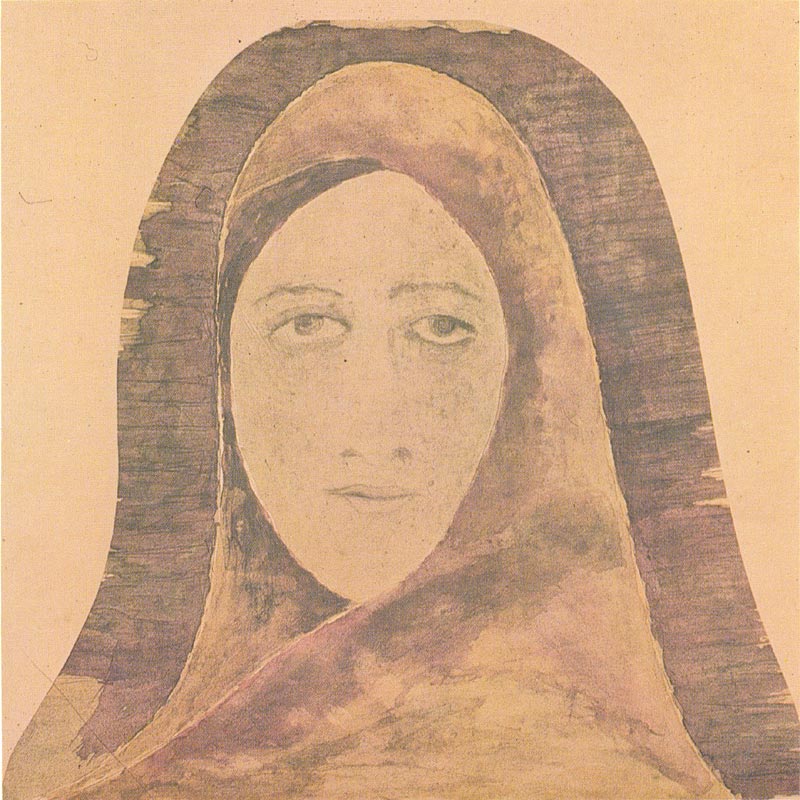











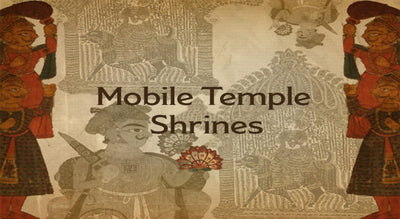
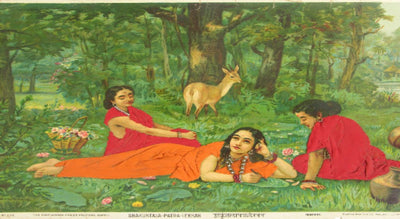
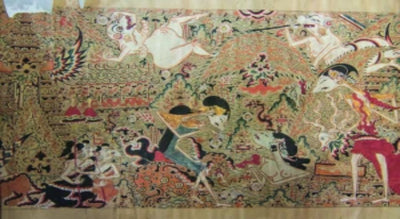
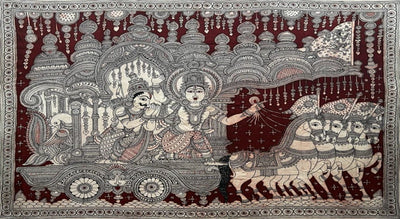
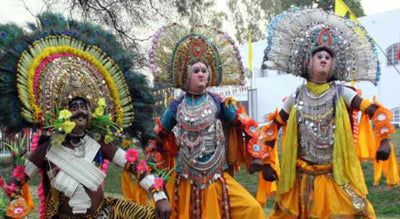
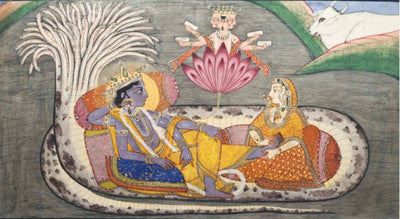
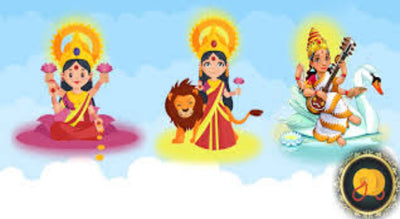
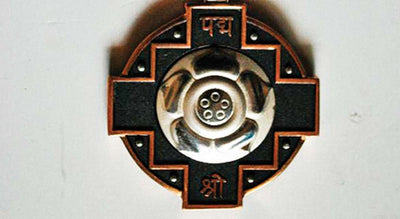

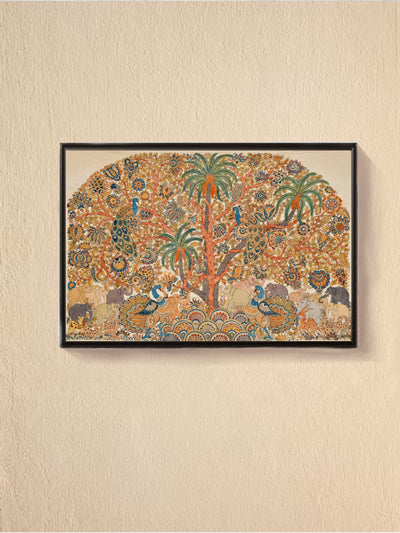







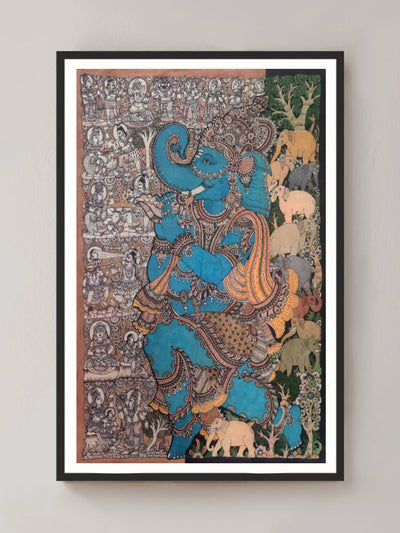








0 comments